Leveraging HR Analytics to Optimize Workforce Allocation in Inventory Management
.png)
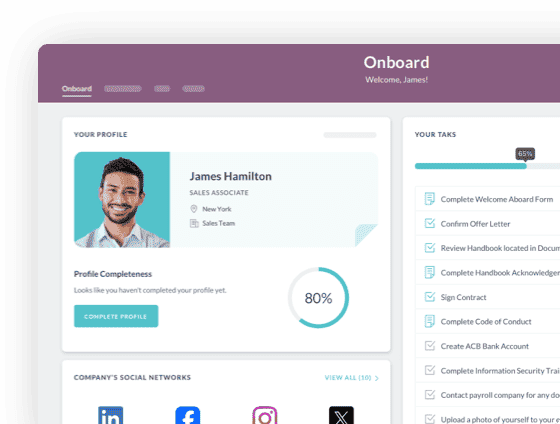
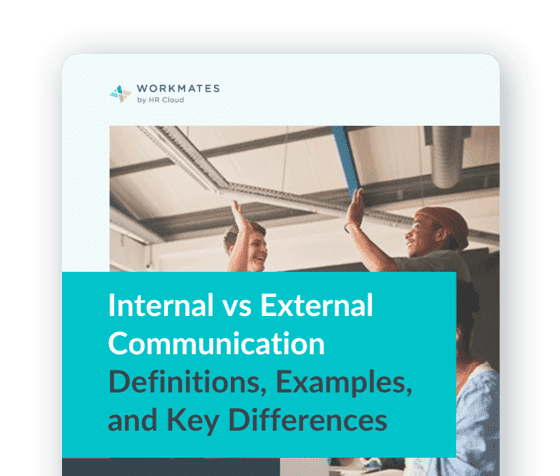
 Cut onboarding time
by 60%—here's the
Ultimate Checklist
that helped do it.
Cut onboarding time
by 60%—here's the
Ultimate Checklist
that helped do it.
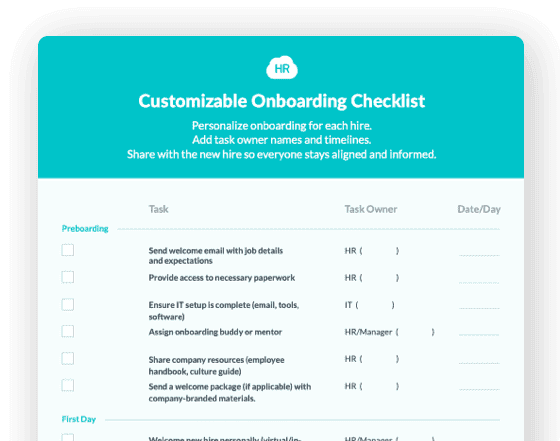
The collection and analysis of high-quality data is central to the effective management of all modern organizations, especially those operating in highly competitive markets. At present, over 97% of modern companies invest in big data solutions, with the insights gleaned from these processes helping business leaders to optimize almost all aspects of their operations.
While there are many fields in which data analytics can be beneficial to modern businesses, in many cases, analytics in HR can be among the most impactful. By collecting valuable data concerning how employees engage with essential processes, perform critical tasks, and find more efficient ways to work, HR leaders can dramatically improve core business practices and drive organizational efficiency.
To better understand the practical benefits of utilizing such information, below is a complete guide to leveraging HR analytics to optimize workforce allocation in inventory management, focusing on data-driven decision-making and human capital management.
What is HR Analytics?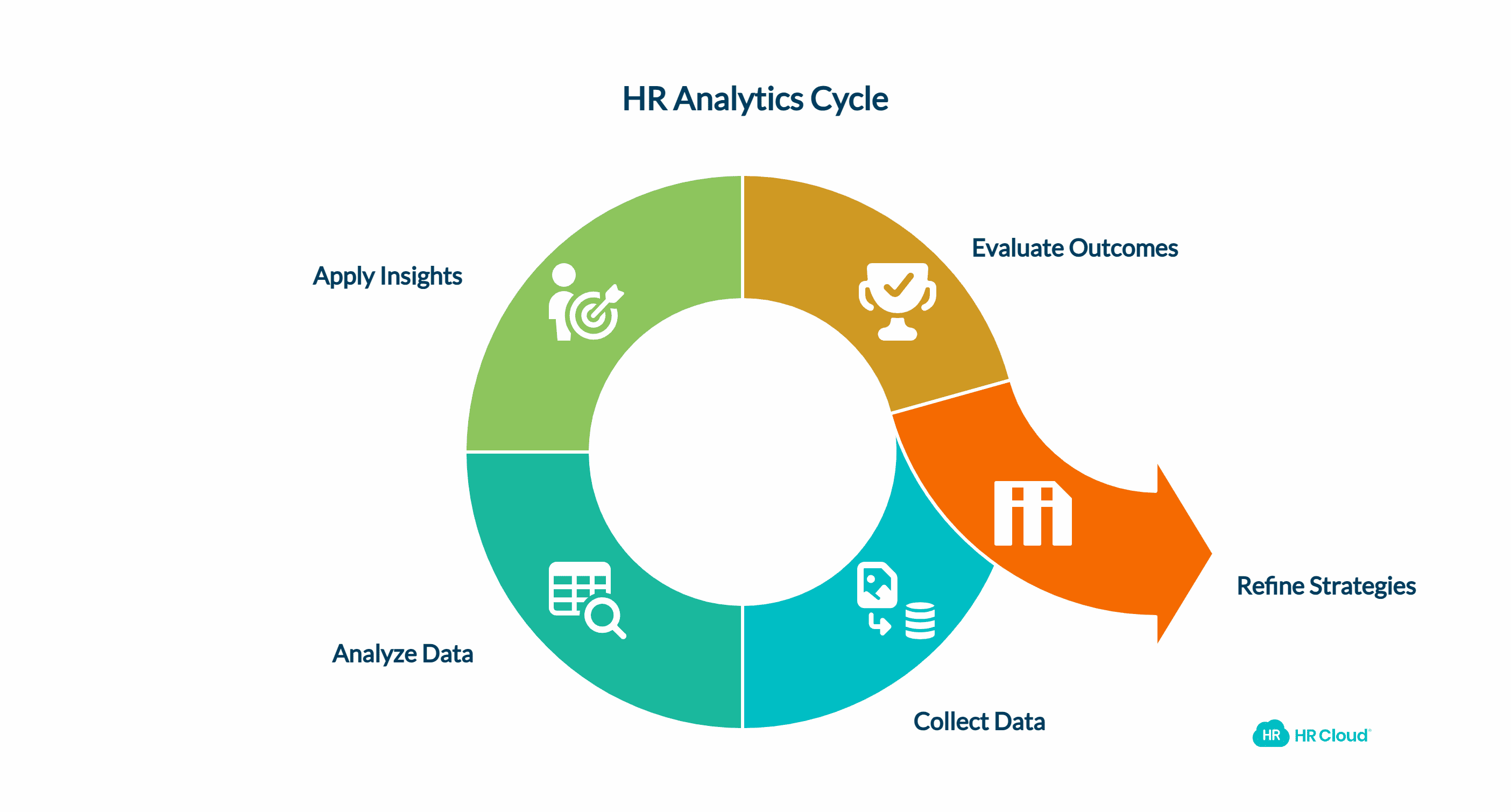
HR analytics concerns any and all processes geared toward the collection, analysis, and leveraging of actionable information pertaining to an organization's workforce. Sometimes called workforce analytics or people analytics, these collections of data and the eventual insights they produce help businesses make the most effective use of human resources. Developing a robust HR data strategy is crucial for organizations looking to enhance their talent management and overall performance.
High-quality and well-structured HR analytics can support businesses and their HR teams in optimizing a wide range of processes related to staff management, including factors such as:
-
Hiring: To identify good candidates more efficiently during the recruitment process and improve talent acquisition.
-
Training: To highlight skill gaps and connect staff to relevant training resources.
-
Retention: To uncover recurring issues that likely contribute to staff turnover and develop effective retention strategies.
-
Policy management: To visualize the actual impacts of organizational policies on workplace culture.
-
Workforce allocation: To ensure resources are available when and where needed, supporting a connected workforce.
Optimizing Workforce Allocation Through HR Analytics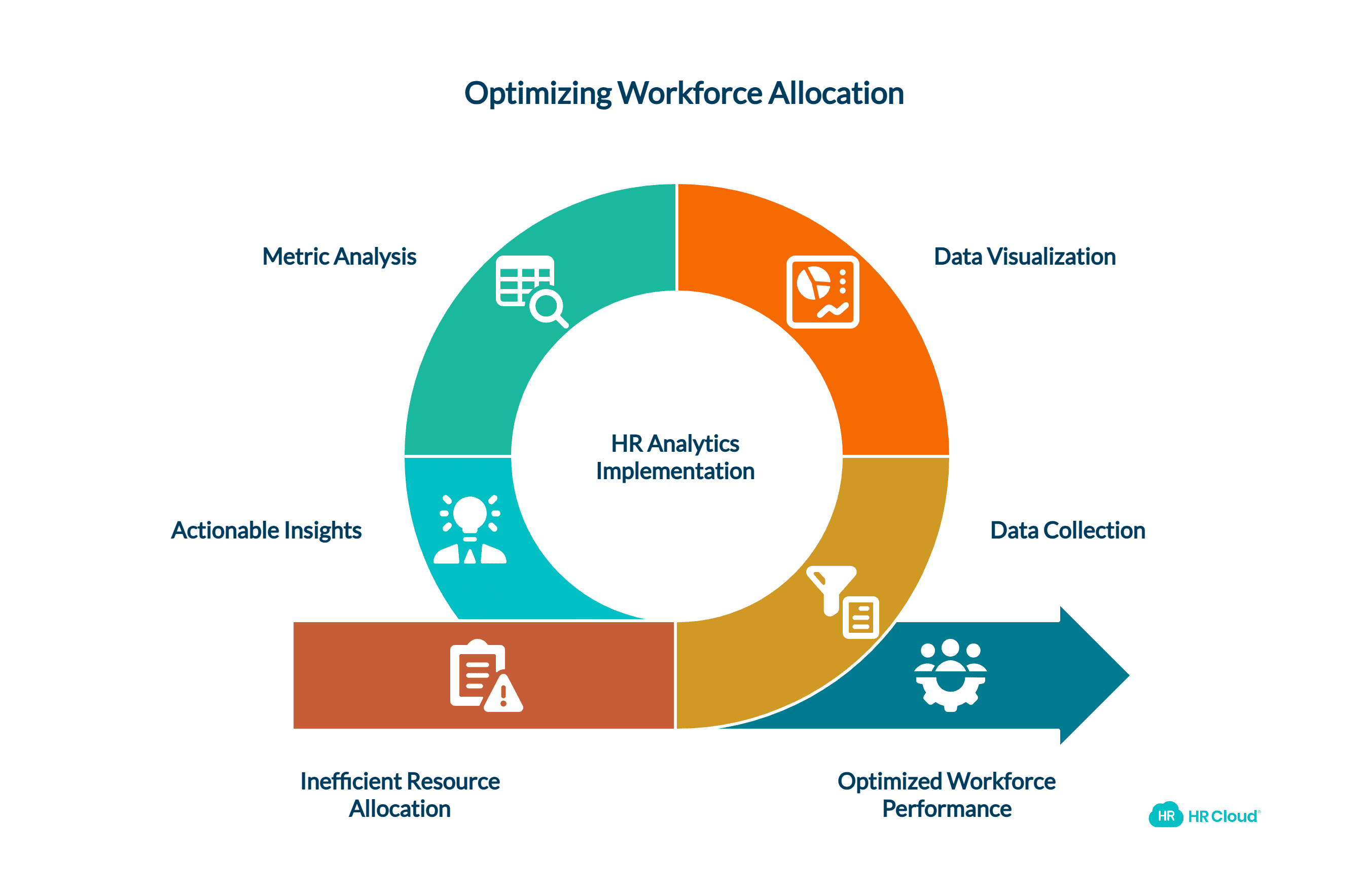
In simple terms, HR analytics benefits workforce allocation by providing management teams with high-quality insights into employee and process performance. By collecting and visualizing this data, those in charge of delegating tasks and allocating resources can optimize decision-making processes to ensure maximum functional efficiency and create an engaged workforce.
To best understand the real benefits of using people analytics deployed in the realm of workforce allocation, it's important to learn the HR metrics involved in calculations, some examples include:
a) Early Turnover
This concerns the percentage of employees who leave the company within one year of being hired. Monitoring and analyzing this metric helps HR teams measure the efficacy of hiring practices and provides insight into talent requirements.
b) Performance
Performance metrics will vary depending on the business in question and the specific tasks being performed. Collecting high-quality data concerning how well new and existing workers are performing helps leaders refine training programs and conduct more effective performance reviews.
c) Engagement
Just because an employee is present doesn't mean they're engaged. Low engagement leads to performance issues, so it's important to have a system like Workmates in place to help HR staff measure, analyze, and act on engagement data. Regular pulse surveys and engagement surveys can provide valuable employee insights.
d) Revenue-per-Employee
This metric offers insight into how well the organization is functioning as a whole. Revenue-per-employee is calculated by dividing total revenue by the number of employees in the business to gain some idea of general profitability and organizational performance.
e) Cost-per-Hire
The analysis of this metric helps managers understand the real-world cost of approaching, hiring, and training new employees. Knowing this value can help inform decisions regarding cost-effective ways to boost employee performance and optimize talent acquisition strategies.
By developing programs to collect, monitor, and analyze metrics like those discussed above, HR personnel can allocate resources and manage organizational inventory more effectively. High-quality data insights enable managers to adjust schedules, budgets, training programs, and work processes in response to real-world conditions, optimizing workforce performance and supporting overall workforce management.
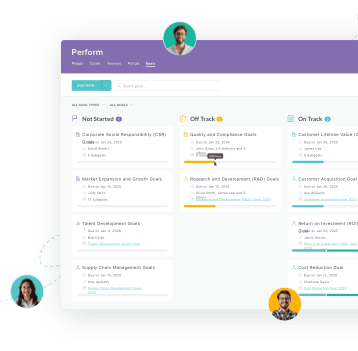
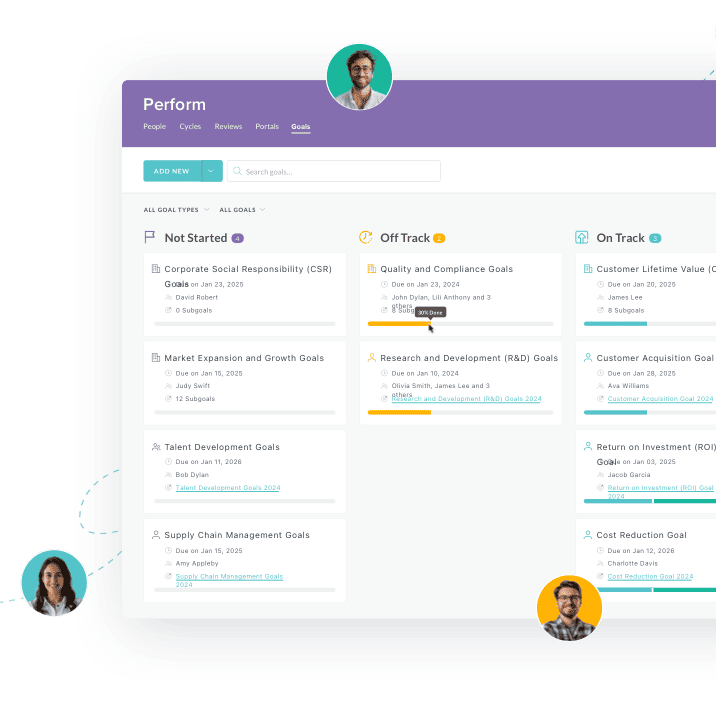
Implementing Analytics in Inventory Management
Through the monitoring of HR analytics, HR and management teams can optimize workforce planning supported by actionable performance data. Well-structured HR analytics solutions can be used to identify knowledge gaps, productivity trends, fluctuations in demand, and similar insights that can impact operations, helping to enhance scheduling and inventory management systems.
1. Identify Useful Analytics Processes
To effectively leverage HR analytics in inventory management, leaders must first identify which metrics and analytics processes will provide the most value to their organization. For teams working with manufactured and salable resources, consider the below key metrics.
-
Accuracy: The success and error rates associated with individual workers and their teams. Analysis of this data informs resource allocation and employee training plans.
-
Productivity: Understanding how consistently employees are meeting performance targets can help leaders highlight bottlenecks and make informed staffing decisions.
-
Proficiency: Compiling a database containing records of qualifications each worker holds supports scheduling optimization and helps to maintain stable inventory levels.
-
Demand forecasting: Comparisons between historical sales records and seasonal demand can be used to predict resource requirements and ensure inventory stability.
-
Staffing requirements: Analysis of HR analytics pertaining to demand, supply chain data, and resource availability can be used to inform scheduling and hiring decisions.
2. Implement Data Collection Systems
Once management and HR teams have identified high-value metrics, systems will need to be developed to collect and organize data into digestible insights. Integrations between siloed attendance, scheduling, process monitoring, ordering, and inventory management systems should be pursued to ensure all types of valuable workforce data are made easily accessible.
Within this unified data management system, HR analytics can be combined with other key metrics to help managers identify relationships between different processes. Here, valuable insights can be generated to optimize workforce allocation and resource management plans, supporting data-driven decision-making.
3. Define Key Performance Indicators
To effectively communicate gathered insights to relevant stakeholders, HR and management teams will need to define KPIs and set attainable values for workers to achieve. Appropriate KPIs will depend on the organization in question, as well as the purpose of the chosen analytics processes. For inventory management purposes, the following KPIs should prove beneficial.
-
Packing accuracy
-
Stock-out rate
-
Sell-through rate
-
Cost-of-carry
-
Shrinkage rate
If packing accuracy metrics are poor, for example, HR leaders may use this KPI to justify the allocation of more staff to packing operations. Similarly, poor stock-out rates may suggest additional training should be provided to staff in ordering and resource management roles, while shrinkage rate issues may help to justify adjustments to candidate screening practices.
4. Visualize Data Patterns and Trends
While those involved in the development and implementation of HR analytics and inventory management systems may understand how to discern valuable insights from collected data, wider stakeholders will likely struggle. To help communicate beneficial data insights to wider teams, efforts must be made to create visualizations detailing observed patterns and trends.
Effective visualizations are simple and easy to understand, presenting information in a form that highlights the issue, suggests a solution, and backs up that claim with relevant data. This process can be used to convince stakeholders that proposed optimizations will be beneficial for business outcomes.
5. Pursue Continuous Optimization
Data collection, analysis, and management systems must be designed with longevity in mind, as the core benefit of these solutions is their ability to help HR teams and managers adjust operations in response to high-quality data. Processes should be developed to continuously review which KPIs are measured and how valuable insights are gleaned from the resulting data.
Over time, systems developed and optimized in this way can be used to highlight trends and patterns in performance metrics over time, helping HR and management teams understand which of their decisions have provided the greatest benefits. As these systems become more ingrained in the business, HR analytics can be integrated into various wider organizational practices, including succession planning and internal mobility initiatives.
Summary
Big data is central to the success of most modern organizations, helping professionals make informed decisions about important processes faster and more effectively. By leveraging HR analytics to gain valuable insights into employee performance and productivity metrics, staff across all departments can benefit from clear, targeted, and effective workforce optimization.
Optimizing workforce allocation through HR analytics can help organizations to measurably improve inventory outcomes. By ensuring limited resources are appropriately distributed across key departments, businesses can mitigate stockouts, improve fulfillment speeds, reduce error rates, and ultimately improve employee experience and customer satisfaction metrics.
Implementing a comprehensive HR analytics strategy that incorporates predictive analytics can lead to more effective talent management, improved employee retention, and overall organizational efficiency. By focusing on key HR metrics and leveraging data-driven insights, companies can create a more engaged and connected workforce, better equipped to meet the challenges of modern inventory management.
 Discover how our HR solutions streamline onboarding, boost employee engagement, and simplify HR management
Discover how our HR solutions streamline onboarding, boost employee engagement, and simplify HR management

Keep Reading
Best Workday Alternatives for Mid-Market Companies in 2026: Complete HRIS Comparison Guide
"We implemented Workday and our HR team still can't figure out half the features six
Applicant Tracking System (ATS): Complete Buyer's Guide 2026 — How to Choose, Compare & Implement the Right ATS
The enterprise ATS market reached $2.9 billion in 2024, yet 60% of companies are still
Specialized Onboarding Software for Healthcare to Reduce Admin Work and Scale Hiring Fast
Imagine this: a women’s health clinic hires two new nurses, only to lose both within
Like What You Hear?
We'd love to chat with you more about how HR Cloud® can support your business's HR needs. Book Your Free Demo

Build a Culture of Recognition. Boost Engagement. Guaranteed.
Workmates empowers employees to stay informed, connected, and appreciated—whether they’re on the front line, in the office, or remote. Recognition drives 12x higher engagement.Trusted by industry leaders in every sector




Cut Onboarding Costs by 60%.
Take the confusion and follow-ups out of onboarding with automated workflows, digital forms, and structured portals—so new hires ramp faster 3X quicker.Trusted by industry leaders in every sector




